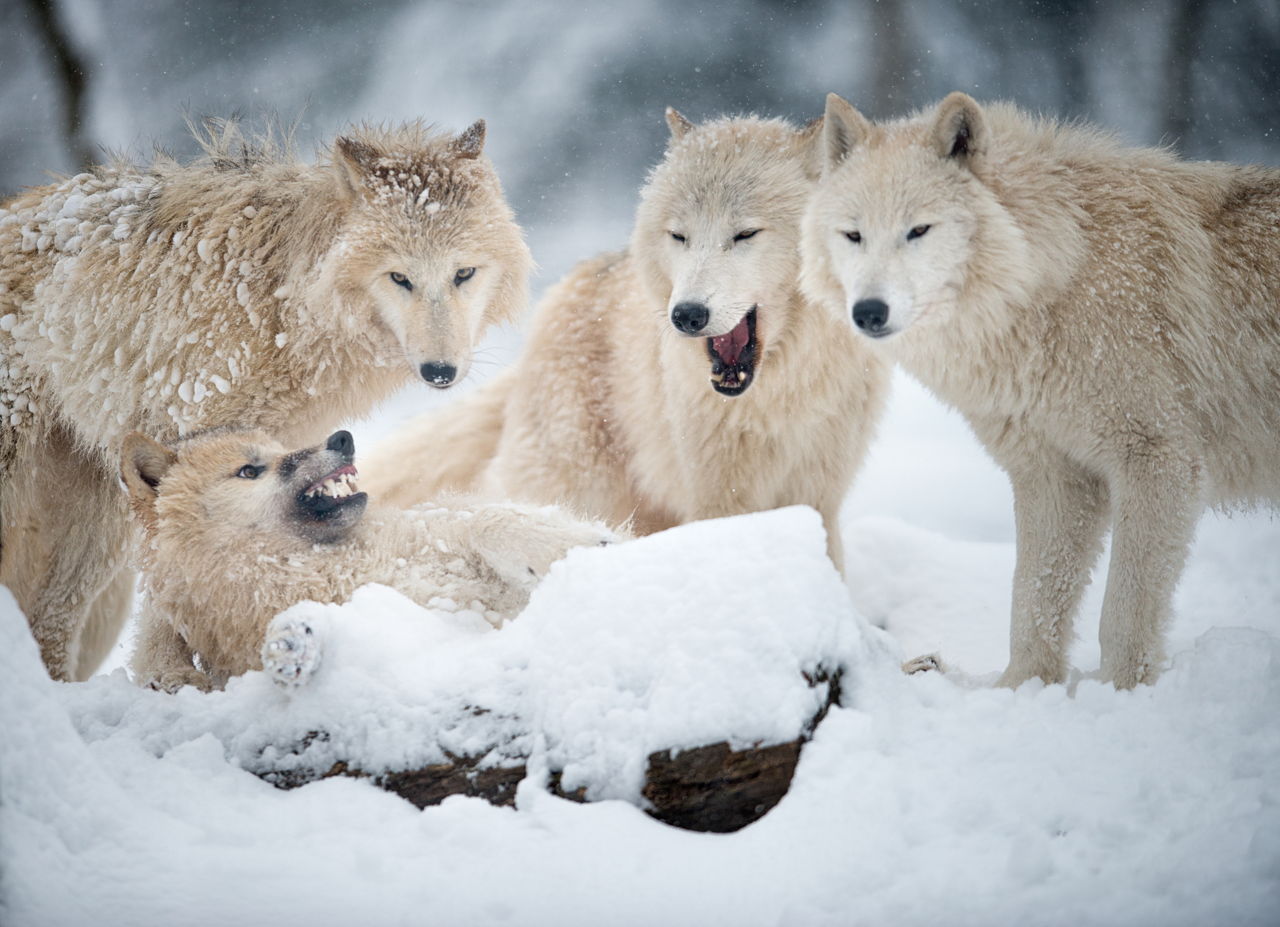

Their greatest population density is in Alaska, with smaller, sparser populations in Greenland and Canada.

The offspring in the first clutch will depend on the size of the female wolf spider, but the second clutch size does not depend on the body size of its parent. Arctic wolf populations are present in Alaska, Greenland, and Canada. Research suggests that when earlier snowmelt occurs in higher arctic site, Pardosa glacialis produces its first clutch earlier and its second clutch generally occurs later in the summer. It has furry soles, short ears, and a short. This species is cannibalistic, and as adults grow they will devour spiderlings as prey, keeping the population in check. The arctic fox is an incredibly hardy animal that can survive frigid Arctic temperatures as low as 58☏ in the treeless lands where it makes its home. Its thick fur acts as a thermal insulator. Larger adult females may increase spider populations as larger females produce larger and greater numbers of offspring. Living mainly in the vast plains and forests of northern Canada, the arctic wolf is accustomed to extremely cold temperatures. Ī 10-year study of the Arctic wolf spider revealed that the exoskeleton thickness averaged 0.104 inch (2.65 millimeters), a 2 percent increase over the 0.102 inch (2.6 millimeters) commonly found in the early years of the study, possibly the result of longer summers. The Arctic wolf spider can live for at least two years, grows as long as 1.6 inches (4 centimeters), and is a carnivore. In villages, they also create homes out of the greenery. It also lives near fields, because they eat grains. New farmers are mostly unaware of this harm. As most Americans are adapting organic lifestyles, this mammal is more likely to live near farmhouses. Unlike other subspecies of wolves, Arctic wolves are adapted to living in harsh, cold environments. They also live in towns, rural and semi-rural areas. Their weight will vary based on where they live, but arctic wolves generally weigh between 75 and 125 pounds. The Arctic wolf is a subspecies of the gray wolf that is native to the Arctic regions of North America, Europe, and Asia. The Arctic wolf spider ( Pardosa glacialis) is a type of wolf spider in the genus Pardosa, with a holarctic distribution and endemic to the Arctic, particularly Greenland. Arctic wolves live in Alaska, Canada and Greenland.


 0 kommentar(er)
0 kommentar(er)
